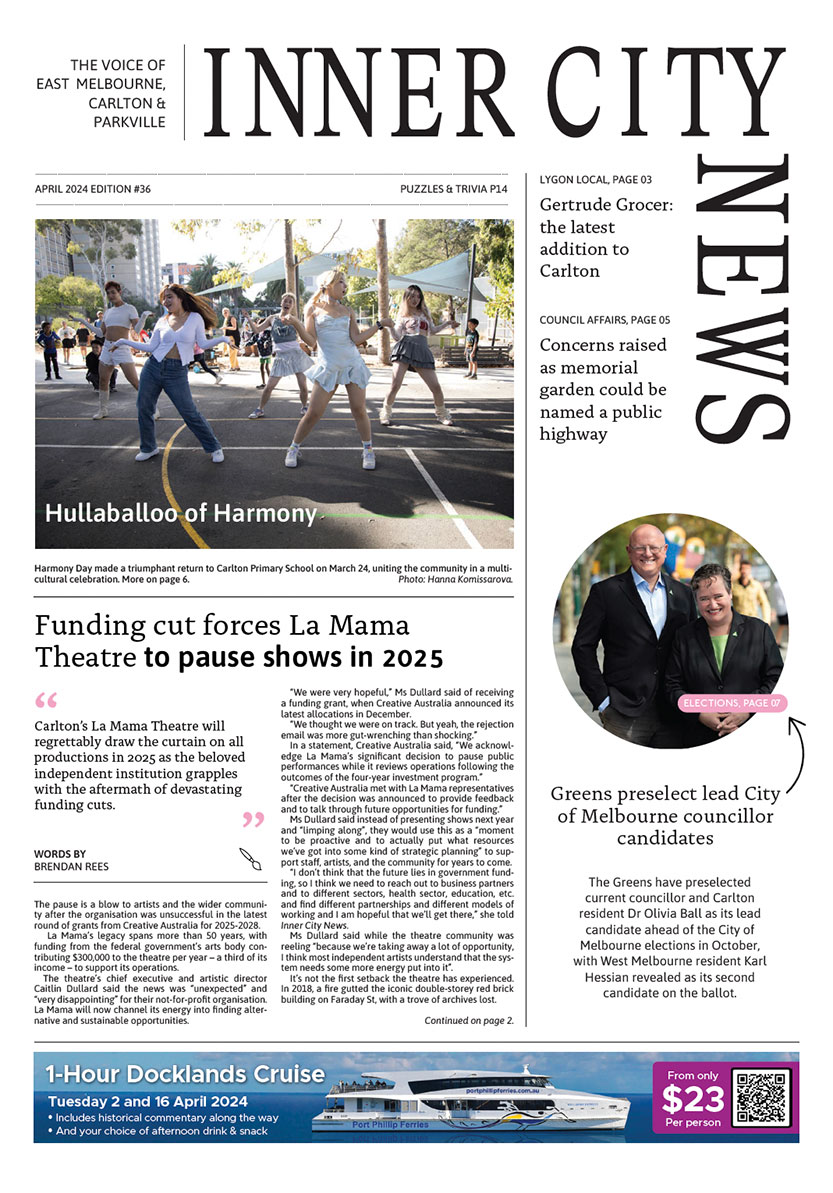The anti-conscription campaign during WWI
Conscription, the compulsory enlistment of men for military service overseas, was a contentious issue in Australia during the First World War, and Carlton was at the centre of the controversy in Melbourne.
During two bitter and divisive referenda on the issue in 1916 and 1917, Trades Hall on Lygon St was a centre for the anti-conscription campaign.
Men were required to enlist in the army, but only for the local defence of Australia. Under the Australian Constitution, they could not be required to serve overseas. For that they had to volunteer.
In the early stages of the war, many did volunteer, and this provided enough troops to support Australia’s contribution in Europe. But as the enormity of casualties on the Western Front became known, the number of men volunteering fell.
There was sustained pressure from the British Government to ensure that the Australian divisions were not depleted. But recruiting campaigns in Australia were not achieving the required targets.
The Prime Minister William “Billy” Hughes then decided to ask the electorate to change the Constitution, to agree to men being required to serve overseas. This stimulated bitter and divisive argument. Divisions were particularly along class and religious lines.
The unions were generally opposed, as was the Catholic Church. A referendum was held on October 28, 1916 and resulted in a defeat for the proposition.
But “Billy” Hughes was not finished yet. A modified proposal was put forward for a second referendum. Only 7000 men a month would be conscripted, confined to single men, widowers, and divorcees without dependents. But once again bitter divisions emerged.
Typical of this is what happened at a public meeting in December 1917 in the Carlton Hall on Princes St organised by a group supporting conscription to promote the new government proposal.
But being in Carlton, the hall was filled with anti-conscriptionists. For nearly two hours the chairman and other speakers tried to make themselves heard above a pandemonium of shrieking and whistling.
At one point the audience was asked to stand and sing the (British) national anthem. About half rose, while the others broke into a Socialist anthem. Policemen were called, people were ejected, but to no avail. Finally, the chairman called for three cheers, and the police slowly cleared the hall.
On December 20, 1917 the modified proposal was put to a vote and was again rejected, by a larger majority than in the first referendum. This decisive defeat closed the issue of conscription. •
Caption: Trades Hall in Carlton in 1917, covered in anti-conscription “Vote No” banners.

Carlton language school championed by Ukrainian refugee



 Download the Latest Edition
Download the Latest Edition